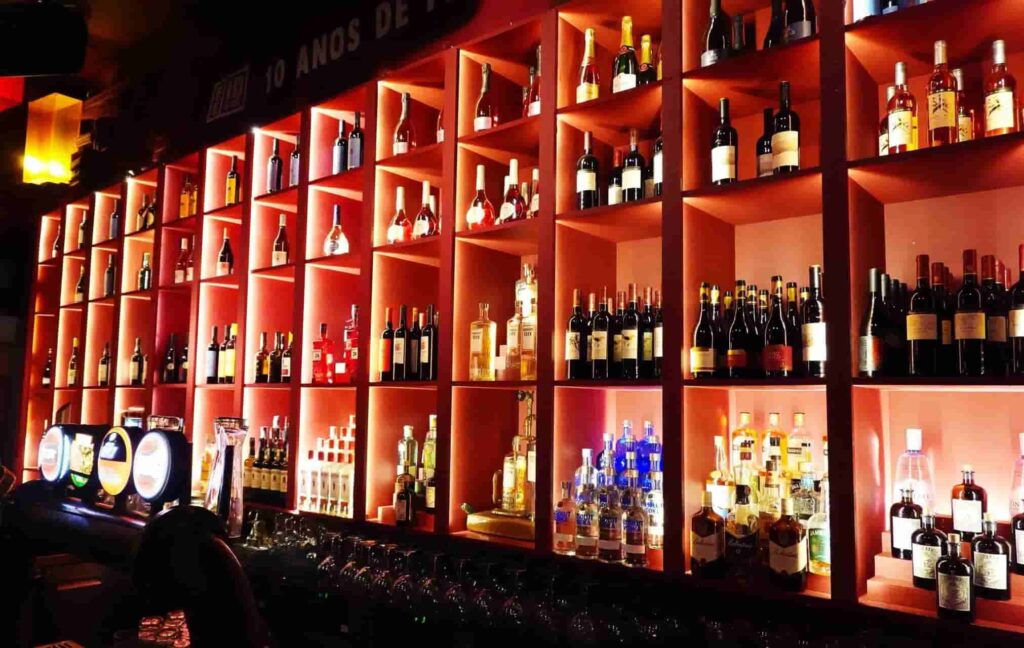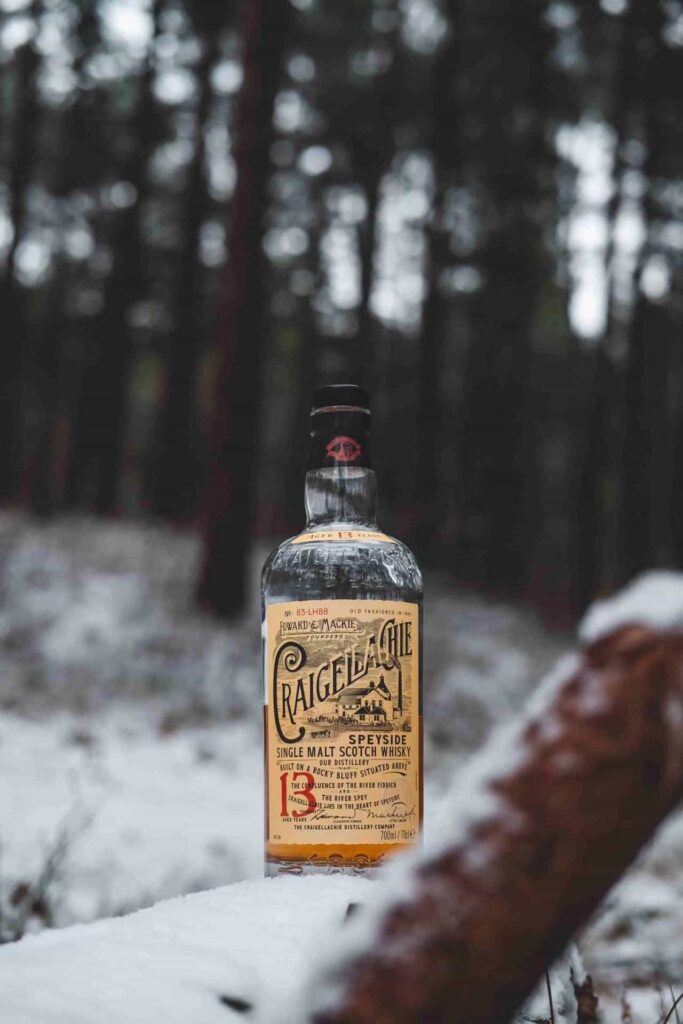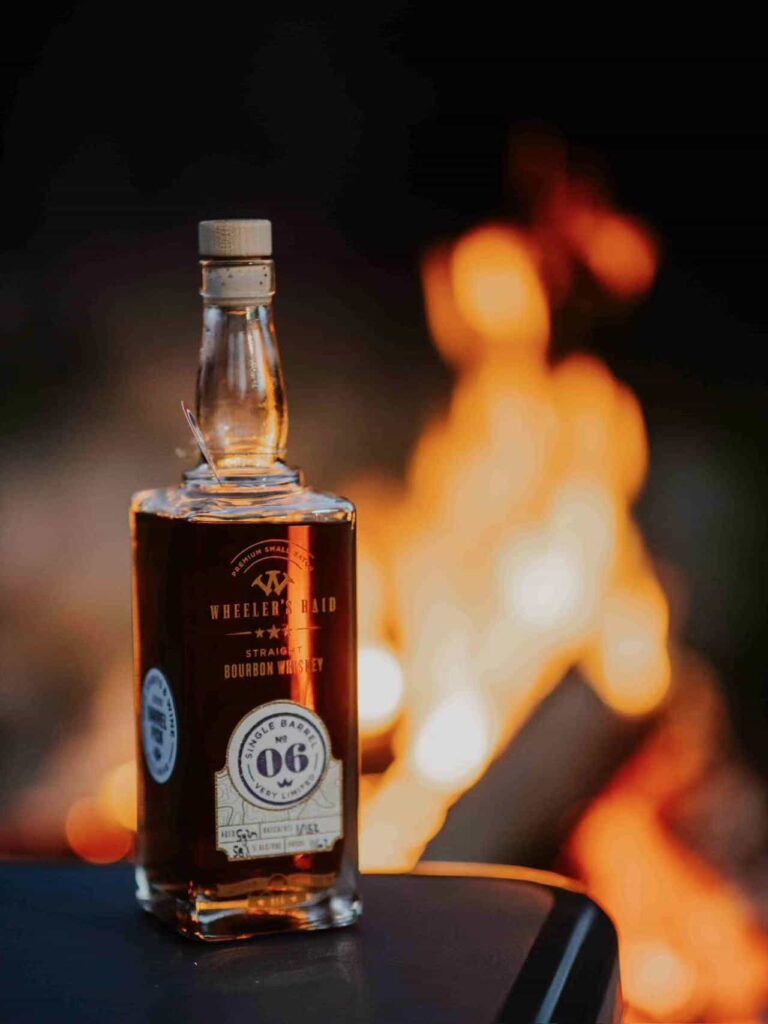Capturing consumer attention in the competitive wine and spirits market requires more than just an exceptional product. The power of presentation through packaging is equally crucial. Alcohol packaging plays a fundamental role in attracting buyers, conveying the essence of the brand, and shaping the perception of quality. This exploration into the diverse importance of alcohol packaging highlights the necessity for brands to prioritize innovative and engaging packaging designs to differentiate themselves and succeed.
Section 1 The First Impression Counts
1.1 Attractiveness and Brand Recognition
Attractiveness and brand recognition are paramount in the alcohol industry, where the visual allure of packaging can dramatically influence a consumer’s decision-making process. Alcohol packaging, from the elegant simplicity of a blue alcohol bottle to the delightful novelty of mini bottles of alcohol. Acts as the initial handshake between your brand and prospective buyers. A well-designed bottle does much more than contain a beverage. It narrates your brand’s story, encapsulates its identity, and creates a lasting impression in the consumer’s mind. For wine brands, the appeal of alcohol bottle sizes, harmonized with captivating colors and designs, is critical in steering consumer preferences. This visual magnetism. Complemented by thoughtful details like tactile labels or unique closures, not only enhances shelf appeal but also reinforces brand recognition. Innovative packaging solutions, such as incorporating sustainable materials or interactive elements, further elevate the consumer’s engagement. Making your product stand out in a crowded marketplace. In essence, the choice of packaging—be it awesome alcohol bottles, tiny bottles of alcohol, or any in between—can turn the tide in favor of your brand, transforming a mere bottle of alcohol into a statement piece that consumers are drawn to, remember, and choose over competitors.

1.2 Differentiation and Uniqueness
Differentiation and uniqueness are essential in the crowded alcohol market. Amazing alcohol bottles give your products an edge by making them stand out. The variety in alcohol bottle sizes, like the popular small alcohol bottles or the eye-catching green bottle alcohol, meets different consumer preferences. Mini alcohol bottles, for example, are great for their convenience, and affordability, and appeal to a wide audience. Including collectors and those looking to try something new without buying a full-size bottle.
Adding unique features, such as interactive labels on awesome alcohol bottles or limited edition colors like a vibrant pink alcohol bottle, grabs consumer interest. Eco-friendly packaging and sharing the story behind a bottle. Such as its origin, craftsmanship, or tradition. Which can also connect more deeply with consumers. By playing with the uniqueness of designs, from tiny bottles of alcohol to larger, intricately designed ones, brands can cater to specific market segments, attract niche audiences, and build a loyal following. This strategy emphasizes the importance of standing out through innovation and design.
Section 2 Quality Perception
▶ The Link Between Packaging and Perceived Value
The connection between alcohol packaging and perceived value is unmistakable. The way a bottle looks, from the smallest of bottles to those that command the highest prices, can significantly sway a consumer’s view of its worth. Take, for example, an elegantly crafted pink alcohol bottle. Its design alone can emit a luxurious and sophisticated aura. Leading consumers to perceive it as a higher-quality product. This impression is critical for wine brands aiming for a premium market position.
Moreover, innovative packaging, such as cool alcohol bottles with unique shapes or textures, can further elevate a product’s perceived value. Packaging that tells a story or incorporates sustainable materials also adds to this perception, appealing to eco-conscious consumers and those drawn to brands with a narrative. For wine brands, standing out with distinctive and high-quality packaging isn’t just about aesthetics. It’s a strategic move that influences buying decisions, enhances brand image, and positions them favorably within the competitive premium segment.
Section 3 Consumer Experience and Loyalty
3.1 Enhancing the Unboxing Experience
The unboxing experience, elevated by the visual and tactile appeal of cool alcohol bottles and their innovative packaging, plays a significant role in enriching the consumer journey. The act of opening a bottle of alcohol isn’t just a routine step. It’s an event filled with anticipation and the thrill of discovery. This experience is heightened by unique packaging elements such as textured labels, intricate bottle designs, and custom seals. Which engage the senses and deepen the consumer’s connection with the brand.
This multisensory engagement doesn’t merely end with the first impression. It extends into a dynamic interaction that can significantly influence the consumer’s perception of the brand’s value and quality. The satisfaction derived from this process contributes to a memorable brand experience. Laying the foundation for consumer loyalty. Such loyalty is not just about repeat purchases. It’s about creating brand advocates who share their experiences through word-of-mouth, further amplifying the brand’s presence and credibility in the market.
Incorporating thoughtful packaging and presentation strategies. Therefore, becomes a critical aspect of brand marketing, transcending the conventional role of packaging as mere containers. By turning the unboxing into a memorable event, brands can forge a lasting emotional connection with their consumers.

3.2 Meeting Consumer Needs with Alcohol Sizes Bottles
The diversity in alcohol bottle sizes, encompassing everything from the compact and versatile little bottles of alcohol to the grandiose and celebratory large bottles, serves as a testament to the adaptability of brands in meeting a broad spectrum of consumer demands and celebratory moments. This variation in packaging dimensions permits brands to strategically target distinct market segments, ranging from individuals desiring the practicality and portability of small alcohol bottles for personal indulgence or casual social gatherings, to those in pursuit of extraordinary and impactful gifts, often choosing the most exquisitely designed alcohol bottles as symbols of esteem and celebration.
Such a wide array of bottle sizes also allows consumers to explore and experience a variety of products without committing to a single, larger volume, encouraging experimentation and discovery within the alcohol domain. Meanwhile, larger bottles often become centerpieces of celebration, embodying the spirit of communal enjoyment and festivity. This strategic offering of multiple sizes caters not only to the logistical preferences of consumers, regarding consumption and storage but also resonates on an emotional level, enabling personalization and specificity in gift-giving and celebrations. The thoughtful consideration of bottle size by brands underscores a deeper understanding of consumer behavior and preferences.
Section 4 Sustainability and Responsibility
In today’s market, where eco-awareness is key, the choice of sustainable packaging for alcohol bottles is crucial. Consumers are increasingly drawn to brands that use eco-friendly packaging. Seeing this as aligned with ethical practices and their environmental values. This trend towards sustainability isn’t just about meeting market demand; it’s about brands showing responsibility for their environmental impact.
Using sustainable materials or innovative designs that minimize waste, alcohol brands can significantly lessen their ecological footprint. This approach not only benefits the environment but also boosts brand loyalty among consumers who prioritize green practices. As environmental concerns grow, consumers are looking for brands that are transparent about their sustainability efforts and are making real changes.
Adopting eco-friendly packaging is more than a business strategy. It’s also a commitment to a healthier planet. It opens up new opportunities for brands to connect with environmentally conscious consumers. Enhancing their image and building trust. In essence, sustainability in packaging is becoming a baseline expectation, not just a nice-to-have, reflecting a brand’s dedication to making a positive impact on the world.

The Key to Brand Success and Sustainability in the Alcohol Industry
In conclusion, the strategic importance of alcohol packaging extends far beyond its primary function of containing the product. From the visual appeal and differentiation offered by amazing alcohol bottles to the enhanced unboxing experience and the ability to meet diverse consumer needs through various alcohol sizes, packaging plays a pivotal role in shaping consumer perceptions and decisions. Moreover, the growing emphasis on sustainability highlights the need for brands to adopt eco-friendly packaging practices, resonating with the values of today’s environmentally conscious consumers. By prioritizing innovative, appealing, and sustainable packaging, wine brands can not only captivate and retain their audience but also position themselves as responsible leaders in a competitive market. The right packaging strategy, therefore, is instrumental in building a strong brand identity, fostering consumer loyalty, and ultimately driving sales success.











